John and Patrick Collison: the nerds who conquered Silicon Valley
John and Patrick Collison, a genial pair of young Irish brothers from a humble background, had a simple idea – to launch the next PayPal. Just ten years on, they’re now worth about $10bn each after founding Stripe.
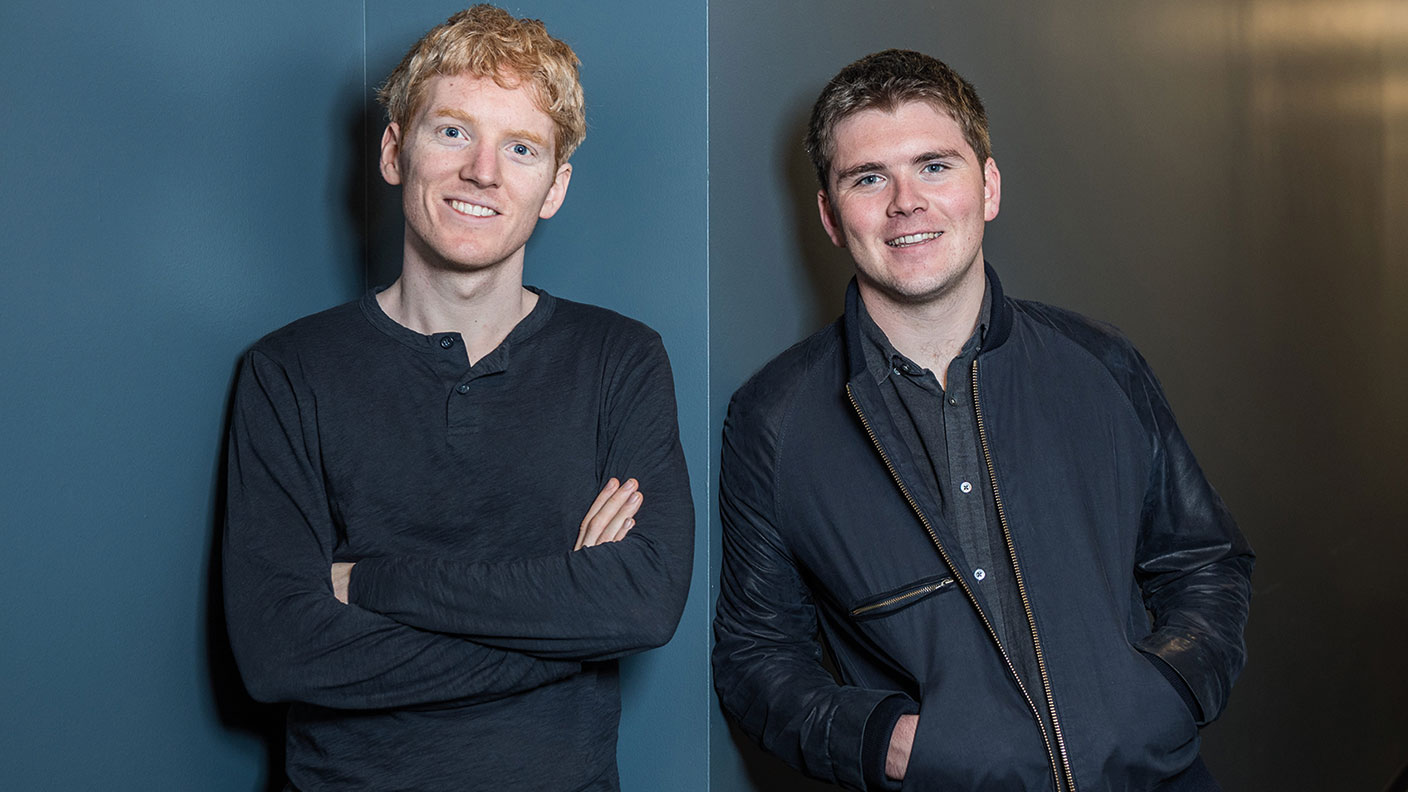
“There isn’t much information out there about Stripe,” wrote Michael Arrington on TechCrunch in 2011, when word of a mysterious new payments start-up was doing the rounds of Silicon Valley. But the general vibe was encouraging. “How is it different than PayPal or Google Checkout?” he asked someone who’d seen the product. “It doesn’t suck,” they replied.
If details were thin on the ground, the one thing everyone knew about Stripe was the remarkable facility of its youthful founders – a pair of Irish brothers then just 21 and 19 – to extract cash from some of the Valley’s most courted investors. In their first venture round, John and Patrick Collison garnered around $2m from Sequoia Capital, Andreessen Horowitz, SV Angel and, most remarkably, PayPal’s founders Elon Musk and Peter Thiel. Then located in Palo Alto “in a small office hidden by hanging leaves that passersby might confuse for a misplaced country cottage”, there was a romantic simplicity about this genial pair from Limerick, noted Fast Company. But they made no bones about their “not-so-humble mission: to become the next PayPal”.
The smartest bets in the tech industry
A decade later, backing the Collisons has “proved to be one of the tech industry’s smartest bets”, says the Financial Times. In its latest funding round, Stripe was valued at $95bn – making it “the most valuable start-up in the US” (surpassing Musk’s rocket company SpaceX) and, indeed, the most valuable private company Silicon Valley has ever produced. Stripe hasn’t displaced PayPal, but it has grown alongside it as the go-to payment provider for fellow online start-ups. “Stripe keeps behind the scenes,” but processes “billions of dollars of payments every year for the likes of Zoom, Deliveroo, Lyft and Instagram”. Its shares have tripled in the past year, boosted by the lockdown ecommerce boom, and there’s excited talk of an imminent float.
MoneyWeek
Subscribe to MoneyWeek today and get your first six magazine issues absolutely FREE

Sign up to Money Morning
Don't miss the latest investment and personal finances news, market analysis, plus money-saving tips with our free twice-daily newsletter
Don't miss the latest investment and personal finances news, market analysis, plus money-saving tips with our free twice-daily newsletter
“I often wonder if it’s desirable to grow up somewhere boring because you’re forced to find your own interests,” John (the younger brother) told the FT in 2014. It was certainly a secluded childhood. The brothers grew up in Dromineer: a small village 30 miles outside Limerick, best known for its half-ruined 13th-century castle. But scientific aptitude and a talent for business run in their blood. Both their parents – an electrical engineer who worked for Dell, and a microbiologist – went on to start companies. The boys were self-confessed “nerds”. Patrick won Ireland’s Young Scientist of the Year award at 16 for creating a new programming language, and John later “broke his brother’s record for top grades in Ireland’s school leaving exams”. In 2008, while still in their teens, they sold their first company (which made software for eBay sellers) for $5m.
Stripping out the clutter
The brothers headed to the US for university – Patrick to MIT and John to Harvard – but dropped out to work on the idea that would become Stripe. “We were really appalled by how hard it was to charge for things online,” John told Fast Company. The idea was to strip out “all the clutter” of merchant accounts, gateways, subscriptions [etc] and offer a streamlined service at “a simple rate”. Their winning pitch to Thiel (who seems to have taken their criticism of PayPal on the nose) was that, by simplifying payments, Stripe would vastly “increase the GDP of the internet”.
What seems to impress observers most about the Collisons – now worth about $10bn each and living in the San Francisco Bay area – is how at ease they are with themselves. “They’re extremely intelligent,” says former Bank of England governor Mark Carney, who has joined the board. “Very level, very inquisitive about this huge range of subjects… and very funny as well.” “They are careful, disciplined and judicious,” adds Michael Moritz of Sequoia. While some billionaires incline towards the frivolous, he says, the Collisons are “more likely to go to a remote spot… and read”.
Get the latest financial news, insights and expert analysis from our award-winning MoneyWeek team, to help you understand what really matters when it comes to your finances.
Jane writes profiles for MoneyWeek and is city editor of The Week. A former British Society of Magazine Editors editor of the year, she cut her teeth in journalism editing The Daily Telegraph’s Letters page and writing gossip for the London Evening Standard – while contributing to a kaleidoscopic range of business magazines including Personnel Today, Edge, Microscope, Computing, PC Business World, and Business & Finance.
She has edited corporate publications for accountants BDO, business psychologists YSC Consulting, and the law firm Stephenson Harwood – also enjoying a stint as a researcher for the due diligence department of a global risk advisory firm.
Her sole book to date, Stay or Go? (2016), rehearsed the arguments on both sides of the EU referendum.
She lives in north London, has a degree in modern history from Trinity College, Oxford, and is currently learning to play the drums.
-
 300,000 remote workers to miss out on working from home tax relief
300,000 remote workers to miss out on working from home tax reliefThousands of workers forced to work from home will no longer benefit from the working from home tax relief next year. How will it affect you?
-
 How to tap into AI energy stocks
How to tap into AI energy stocksOne certainty about generative AI is that it is hugely energy-intensive. Companies providing that power look set to capture the benefits.
-
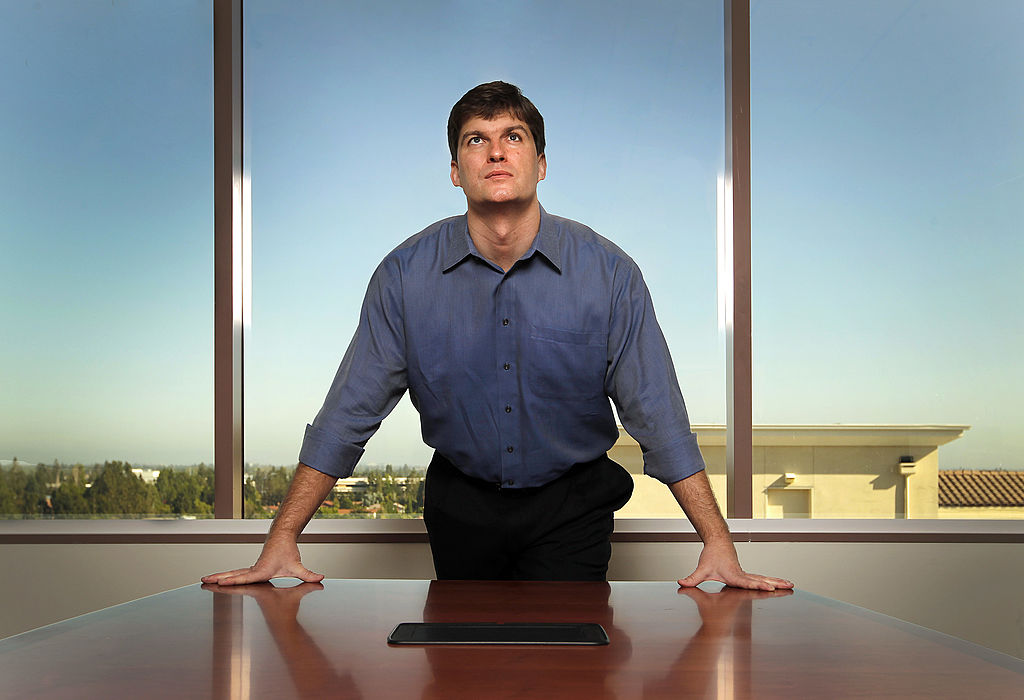 Big Short investor Michael Burry closes hedge fund Scion Capital
Big Short investor Michael Burry closes hedge fund Scion CapitalProfile Michael Burry rightly bet against the US mortgage market before the 2008 crisis. Now he is worried about the AI boom
-
 Chen Zhi: the kingpin of a global conspiracy
Chen Zhi: the kingpin of a global conspiracyChen Zhi appeared to be a business prodigy investing in everything from real estate to airlines. Prosecutors allege he is the head of something more sinister
-
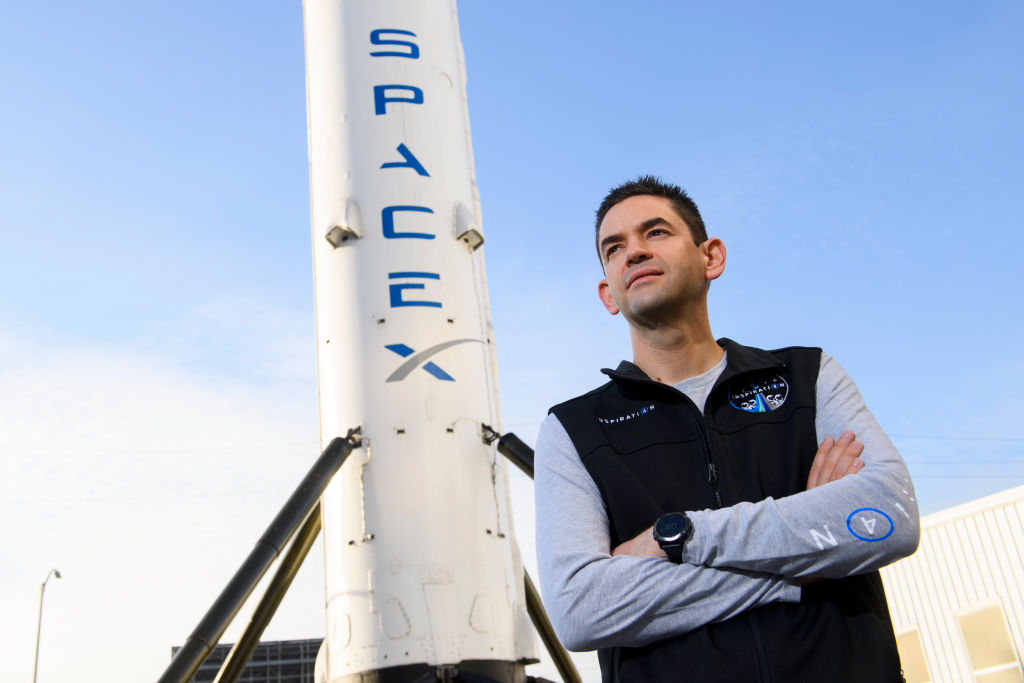 Who is Jared Isaacman, SpaceX astronaut and Trump's pick as NASA chief?
Who is Jared Isaacman, SpaceX astronaut and Trump's pick as NASA chief?Jared Isaacman is a close ally of Elon Musk and the first non-professional astronaut to walk in space. Now, he is in charge of NASA
-
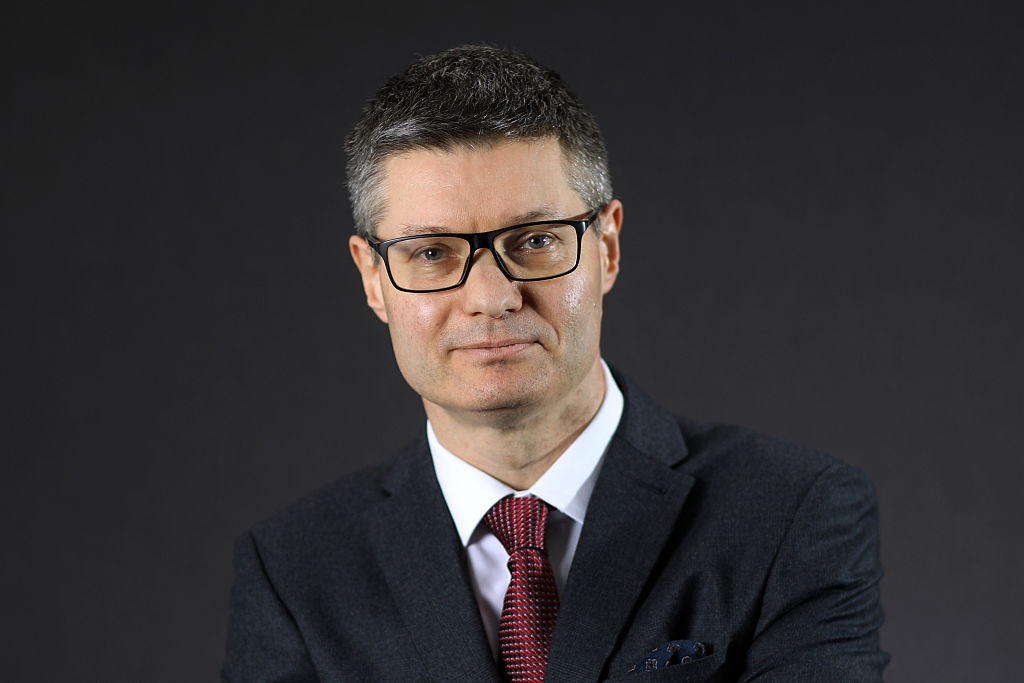 Defeat into victory: the key to Next CEO Simon Wolfson's success
Defeat into victory: the key to Next CEO Simon Wolfson's successOpinion Next CEO Simon Wolfson claims he owes his success to a book on military strategy in World War II. What lessons does it hold, and how did he apply them to Next?
-
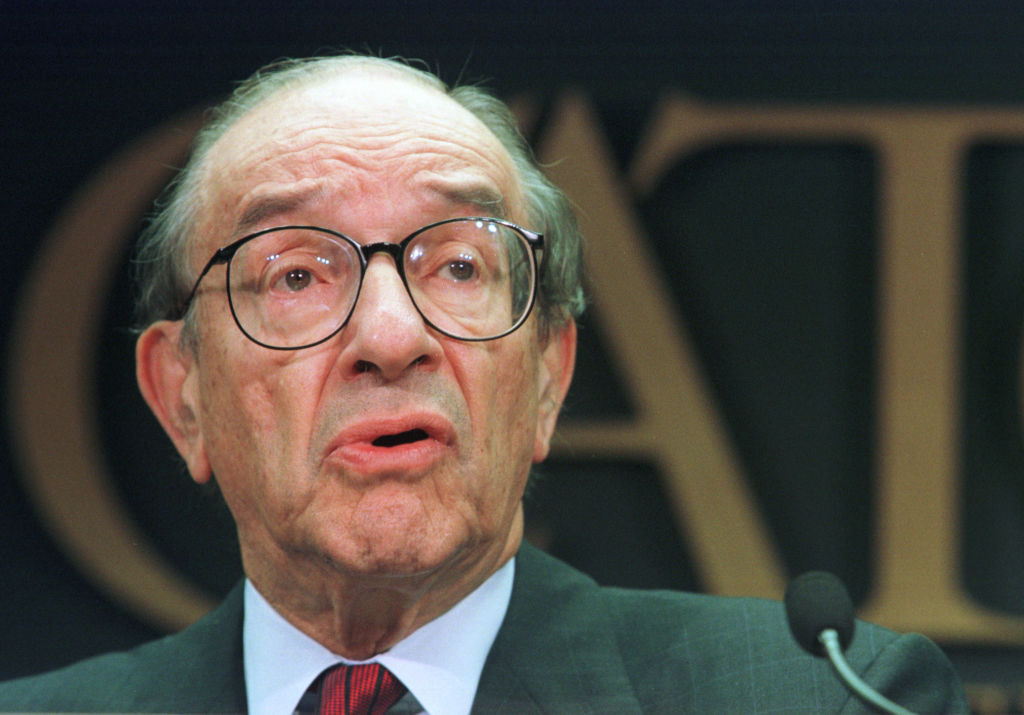 'We still live in Alan Greenspan’s shadow'
'We still live in Alan Greenspan’s shadow'When MoneyWeek launched 25 years ago, Alan Greenspan was chairman of the Federal Reserve. We’re still living with the consequences of the whirlwind he sowed
-
 Isaac Newton's golden legacy – how the English polymath created the gold standard by accident
Isaac Newton's golden legacy – how the English polymath created the gold standard by accidentIsaac Newton brought about a new global economic era by accident, says Dominic Frisby
-
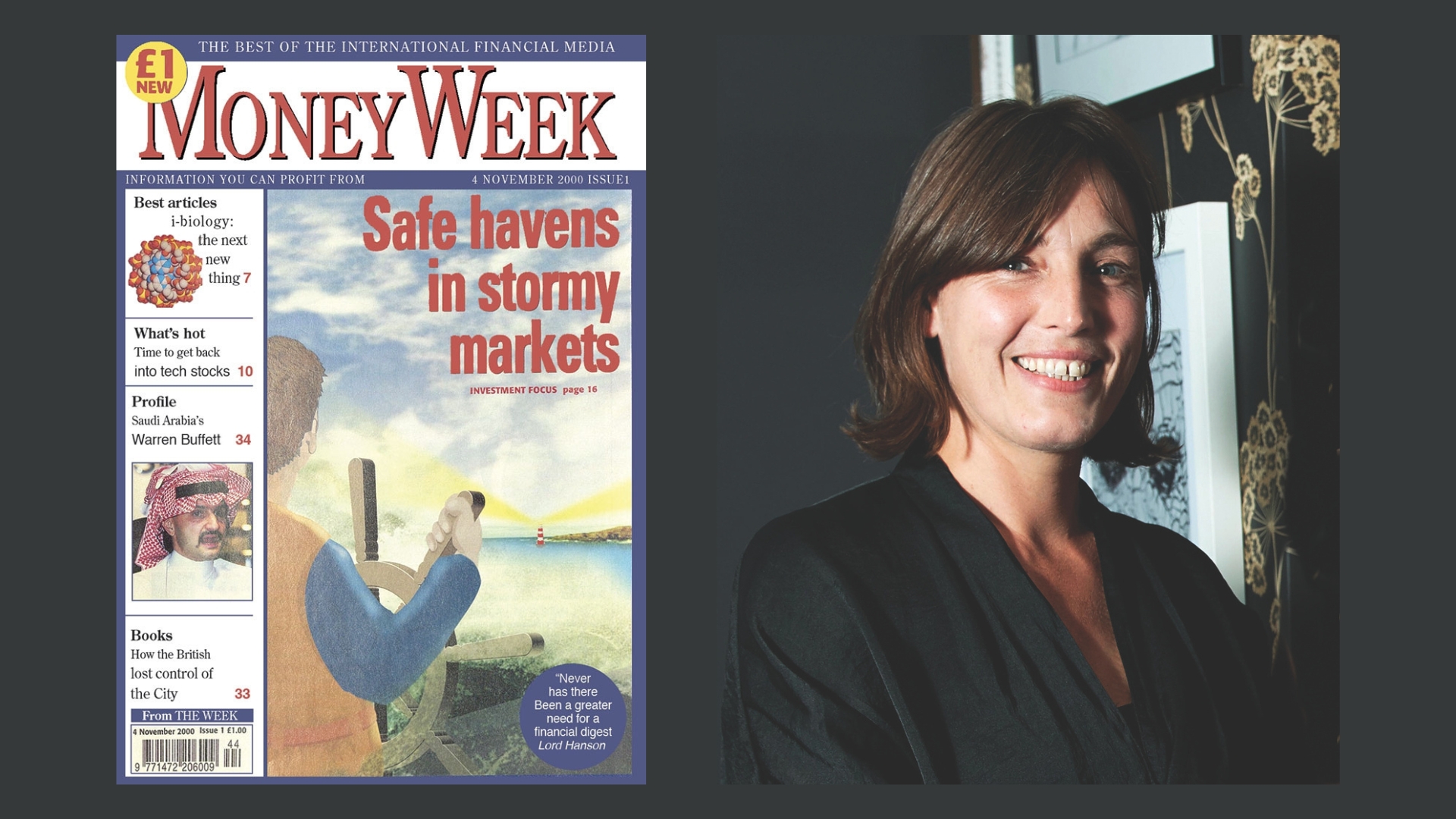 'How I brought MoneyWeek to the masses'
'How I brought MoneyWeek to the masses'Launching MoneyWeek gave ordinary investors information – and hence power, says Merryn Somerset Webb
-
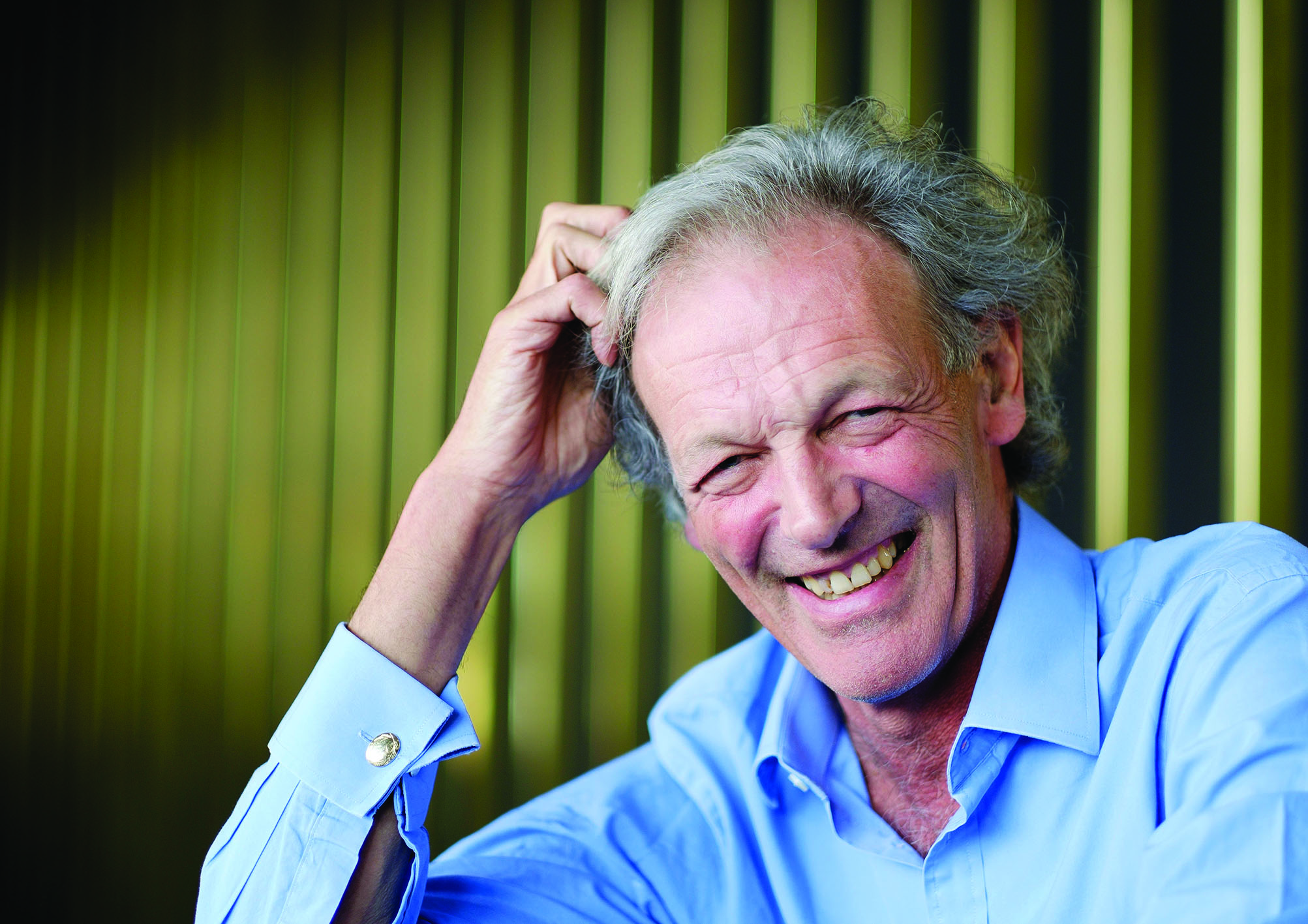 'Why I launched MoneyWeek'
'Why I launched MoneyWeek'Inspired by The Week and uninspired by the financial press, Jolyon Connell decided it was time for a new venture. That's where MoneyWeek came in